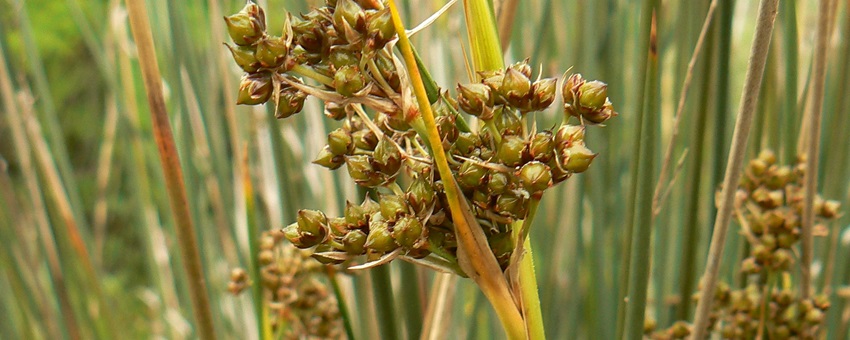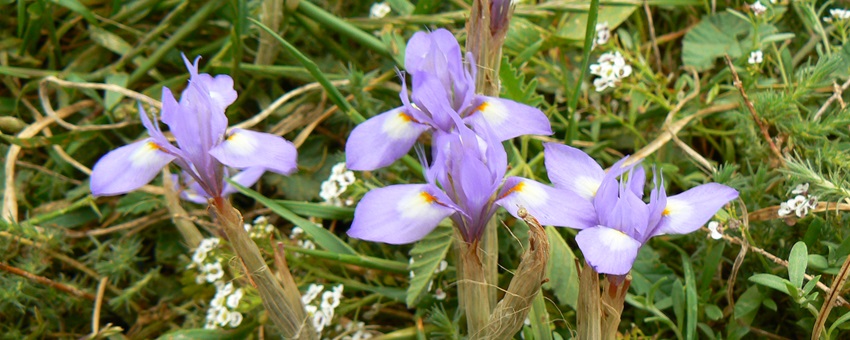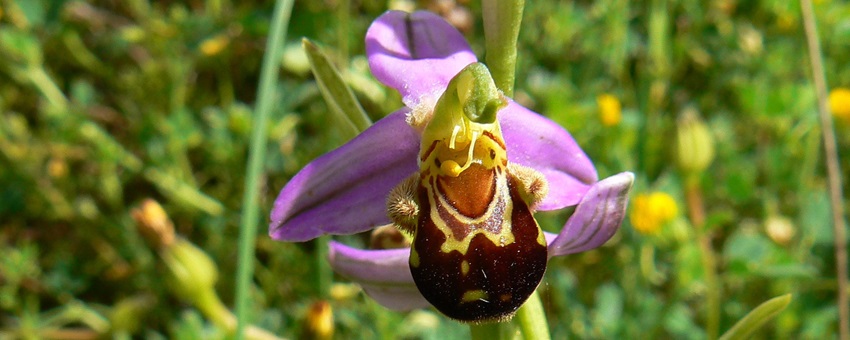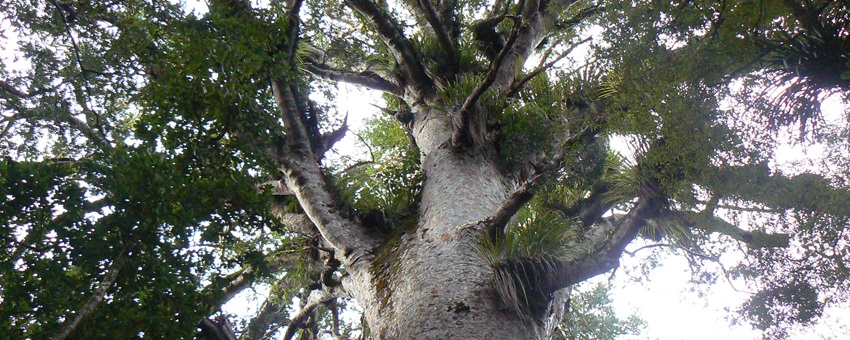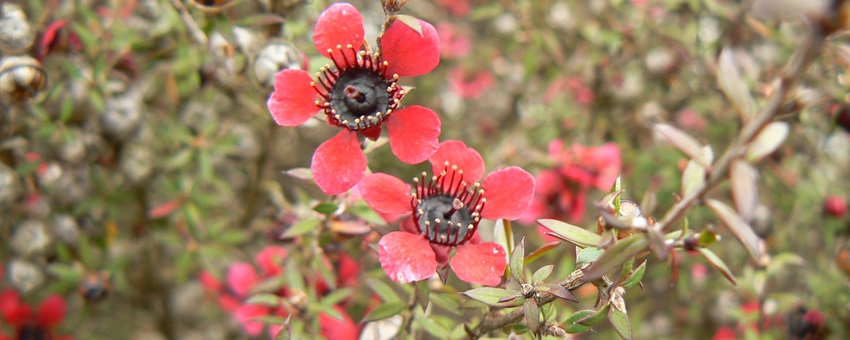Selected Abstracts
Fíla J.#, Záveská Drábková L.#, Gibalová A. and Honys D. (2017): When simple meets complex; pollen and the -omics. - Obermeyer G. and Feijó J.(ed.) Pollen Tip Growth - From Biophysical Aspects to System Biology. Springer International Publishing AG, pp. 247-292.
Abstract: Pollen, an extremely reduced bi-cellular or tri-cellular male reproductive structure of flowering plants, serves as a model for numerous studies covering wide range of developmental and physiological processes. The pollen development and subsequent progamic phase represent two fragile and vital phases of plant ontogenesis and pollen was among the first singular plant tissues thoroughly characterized at the transcriptomic level. Here we present an overview of high-throughput tools applied in pollen research on numerous plant species. Transcriptomics, being the first experimental approach used, has provided and continues providing valuable information about global and specific gene expression and its dynamics. However, the proteome does not fully reflect the transcriptome, namely because post-transcriptional regulatory levels, especially translation, mRNA storage, and protein modifications are active during male gametophyte development and during progamic phase. Transcriptomics therefore should be complemented by other –omic tools to get more realistic insight, most importantly proteomics and other specialised approaches mapping the involvement of regulatory RNAs and protein post-translational modifications as well as experiments designed to identify the subsets of total –omes like translatome, secretome or allergome.
Záveská Drábková L. (2013): (2014): DNA extraction from herbarium specimens. In: Besse P. (ed.) Molecular Plant Taxonomy: Methods and protocols, Methods in Molecular Biology, Vol. 1115, pp 67-84, Springer Science+Business Media New York , DOI 10.1007/978-1-62703-767-9_4.
Abstract: With the expansion of molecular techniques, the historical collections have become widely used. Studying plant DNA using modern molecular techniques such as DNA sequencing plays an important role in understanding evolutionary relationships, identification through DNA barcoding, conservation status and many other aspects of plant biology. Enormous herbarium collections are an important source of material especially for specimens from areas difficult to access or from taxa that are now extinct. The ability to utilize these specimens greatly enhances the research. However the process of extracting DNA from herbarium specimens is often fraught with difficulty related to such variables as plant chemistry, drying method of the specimen and chemical treatment of the specimen. Although many methods have been developed for extraction of DNA from herbarium specimens, the most frequently used are modified CTAB and DNeasy Plant Mini Kit protocols. Nine selected protocols in this chapter have been successfully used for high quality DNA extraction from different kinds of plant herbarium tissues. These methods differ primarily with respect to their requirements for input material (from algae to vascular plants), type of the plant tissue (leaves with incrustations, sclerenchyma strands, mucilaginous tissues, needles, seeds) and further possible applications (PCR based methods or microsatellites, AFLP).
Záveská Drábková L. (2010): Phylogenetic Relationships within Juncaceae: Evidence from all three Genomic Compartments with Notes to the Morphology. In: Seberg, O., Petersen, G., Barford, A.S. and Davis, J.I.: Diversity, phylogeny, and evolution in the monocotyledons, pp. 389-416.
Abstract: The Juncaceae is a species-rich family (443 species, seven genera) with widespread distribution in temperate and arctic regions in both hemispheres. A phylogenetic analysis of the Juncaceae was conducted to assess relationships within and between the genera Juncus, Luzula and five small mainly South American genera (Distichia, Marsippospermum, Oxychloë, Patosia and Rostkovia). Parallel datasets of mitochondrial (F1‑ATP synthase gene), plastid (trnL intron, trnL-F intergenic spacer, rbcL gene) and nuclear ribosomal DNA (ITS1‑5.8S-ITS2) were examined. The main aim of this work was to produce a robust phylogeny of the Juncaceae, and to validate the phylogeny using all three genomes. The analyses included ca. 170 taxa, representing all genera, subgenera, and sections from the Juncaceae. The data matrix contains ca. 6 kb of nucleotide sequence per taxon. The molecular phylogeny is not concordant with previous alpha-taxonomic classifications of Juncaceae. Separate analyses of plastome, mitochondrial, and nuclear regions demonstrated that resolution was similar across data partitions. Luzula is monophyletic and Juncus is paraphyletic, with the majority of its taxa clustered in two paraphyletic subgenera, Juncus and Agathryon. Juncus subg. Juncus is supported morphologically by the racemose inflorescence and absence of bracteoles, in contrast to Juncus subg. Agathryon, which is characterized by a cymose inflorescence and presence of bracteoles. Molecular data suggest independent origins of the racemose inflorescences that lack a pair of floral bracteoles and usually have flowers in heads or clusters. These structures have evolved independently at least two or three times (Juncus I, Juncus II and Juncus III) based on molecular data. Also, a cymose inflorescence with a pair of floral bracteoles present below each flower, and with flowers usually borne singly or in loose groups, evolved more than one time (Agathryon I and Agathryon II). Monophyly of most of the taxonomically recognized groups within Juncus was questioned. Within Luzula, the monotypic subgenus Marlenia represents the first-derived lineage within the genus Luzula. Traditionally accepted subgenera and sections within Luzula are non-monophyletic.
Keywords: atp1, ITS-5.8S-ITS2, Juncus, Luzula, molecular phylogeny, rbcL, trnL-F.

